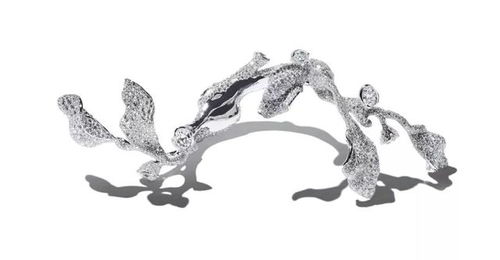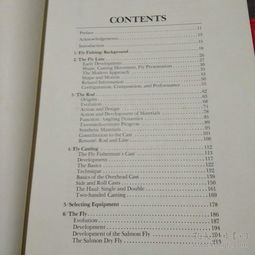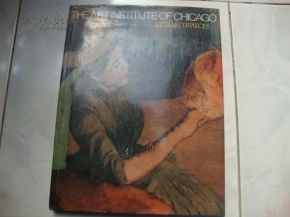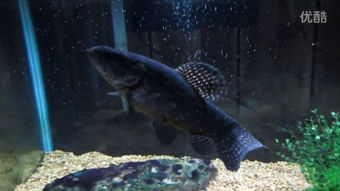Introduction: Winter fishing can be a challenging yet rewarding experience. The cold weather, ice-covered lakes, and slower fish activity require anglers to adapt their techniques accordingly. One crucial aspect of winter fishing is mastering the art of adjusting bait floats. This article will provide you with valuable tips and techniques to help you excel in winter fishing and catch more fish.
Choosing the Right Bait Float: The first step in mastering winter fishing is selecting the appropriate bait float. In colder temperatures, fish tend to move to deeper waters where the water temperature is more stable. Therefore, it is essential to choose a bait float that allows you to reach these depths. Opt for a float that is buoyant enough to hold its position in deeper waters while still being sensitive enough to detect subtle movements.
Adjusting the Bait Float for Winter Conditions: a. Lowering the Bait: During winter, fish are less active, and their feeding patterns may change. To attract them, it is crucial to lower the bait closer to the bottom. Adjust the bait float by sliding it down the line until it reaches the desired depth. Ensure that the bait is close enough to the bottom to trigger fish interest but not so close that it becomes snagged.
b. Using a Weighted Leader: To increase the chances of attracting fish, consider using a weighted leader. Attach a small weight to the leader, which will help lower the bait further and make it more visible to fish. However, be cautious not to over-weight the leader, as it may hinder the bait's natural movements.
c. Fine-tuning the Bait Float: Once the bait float is in place, it is important to fine-tune it. Adjust the float so that it is sensitive enough to detect even the slightest movements. The goal is to have the bait float react quickly to any nibbles or strikes from fish. Experiment with different adjustments until you find the perfect balance.
Using the Right Technique: a. Casting: In winter, casting techniques should be gentle and precise. Avoid throwing the bait too hard, as this may spook the fish. Instead, use a gentle flick of the rod to cast the bait softly into the water.
b. Reeling: Once the bait reaches the desired depth, start reeling slowly and smoothly. The goal is to create a natural swimming motion that mimics the movements of real prey. Be patient and allow the bait to settle at the desired depth before starting to reel.
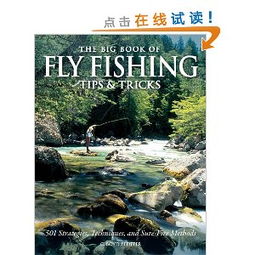
c. Patience: Winter fishing requires patience. Fish may be less active, and it may take longer to get a bite. Maintain a relaxed posture, stay focused, and be prepared to wait for extended periods.
Observing the Bait Float: a. Movement: Pay close attention to the movement of the bait float. Any sudden movements or dips may indicate a fish strike. React quickly by lifting the rod and setting the hook.
b. Position: Monitor the position of the bait float in the water. If it starts to rise or move erratically, it may indicate that the bait has become snagged or is being pulled by a fish. Adjust the bait float accordingly and be prepared to recast if necessary.
Conclusion: Mastering the art of adjusting bait floats is essential for success in winter fishing. By selecting the right bait float, adjusting it for winter conditions, using the proper techniques, and observing the bait float's movements, you can increase your chances of catching fish in cold weather. Remember to be patient and adapt your approach as needed. With these tips and techniques, you'll be well on your way to becoming a proficient winter angler.
